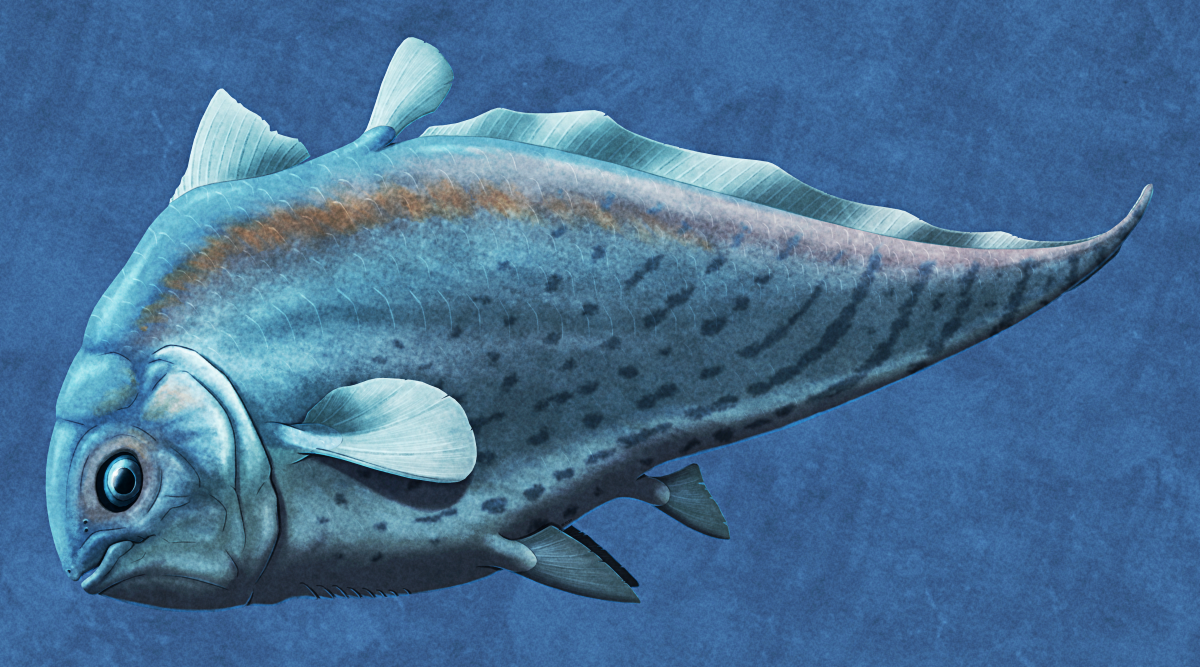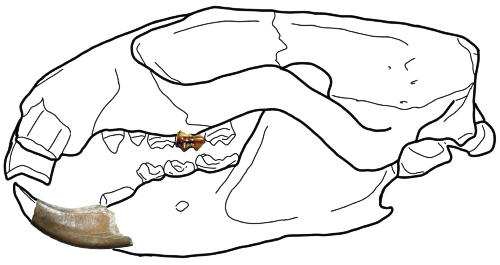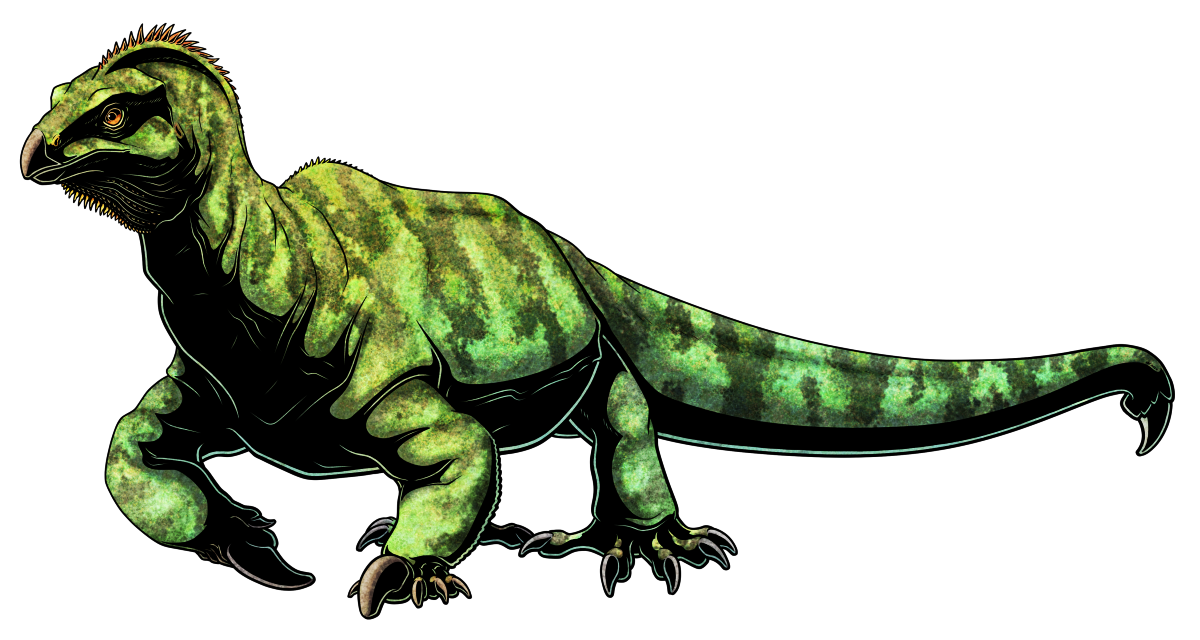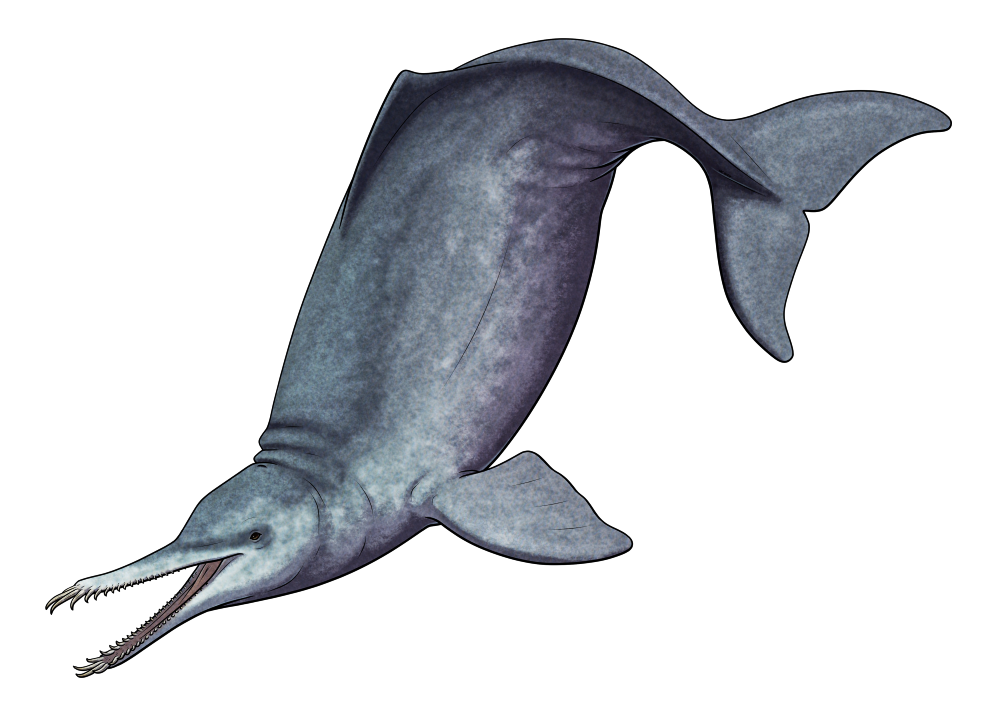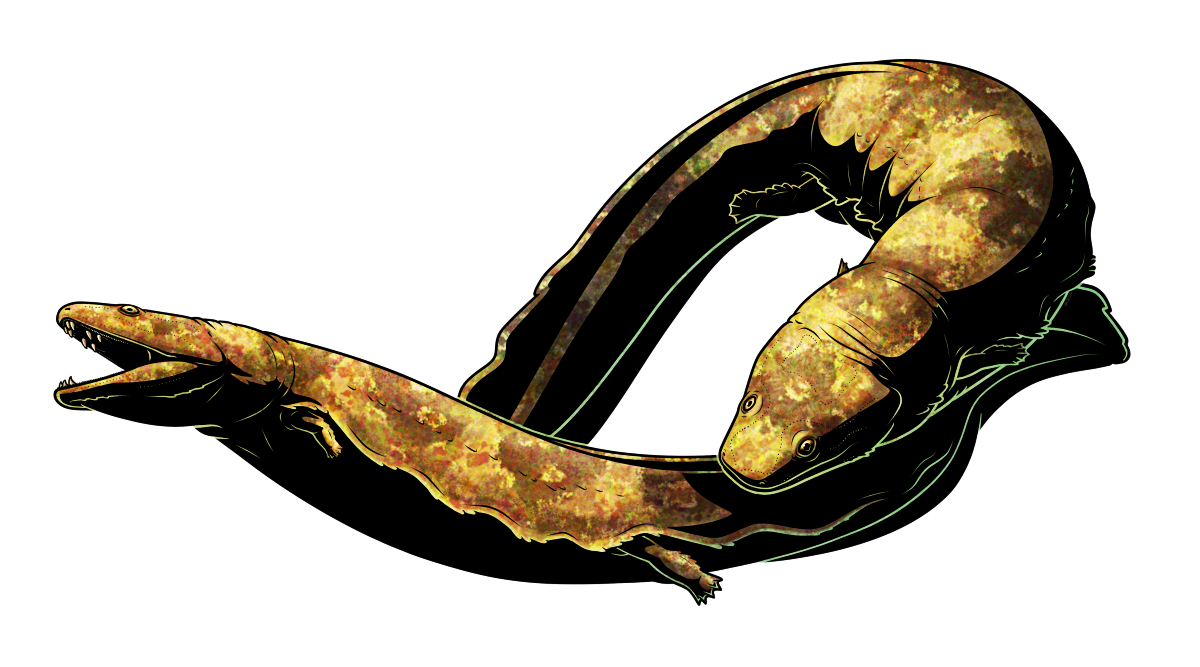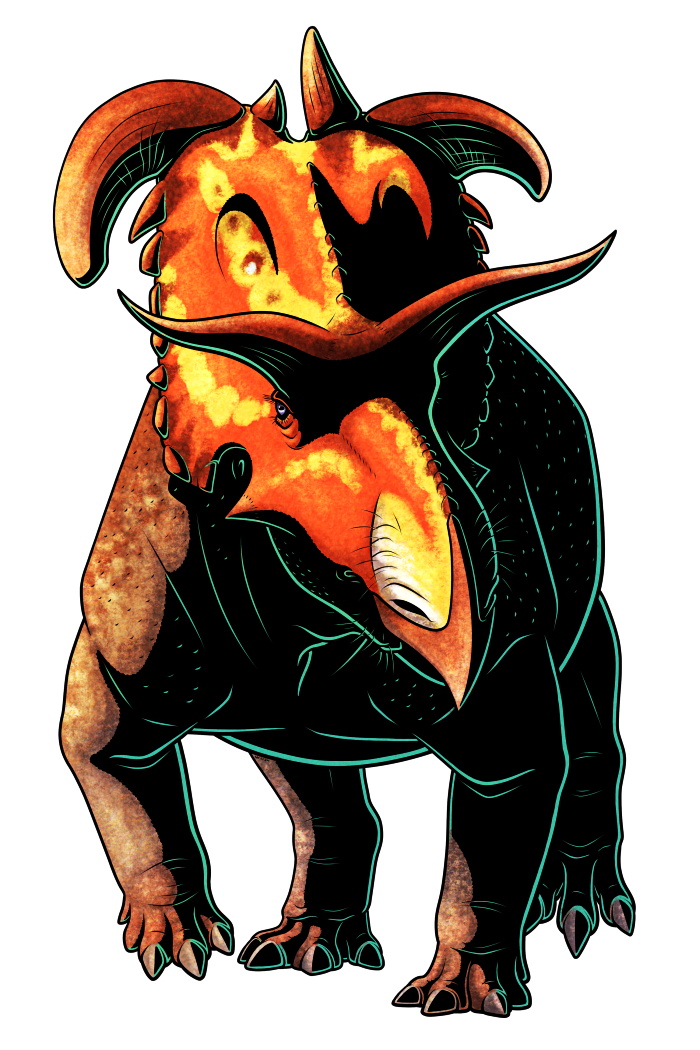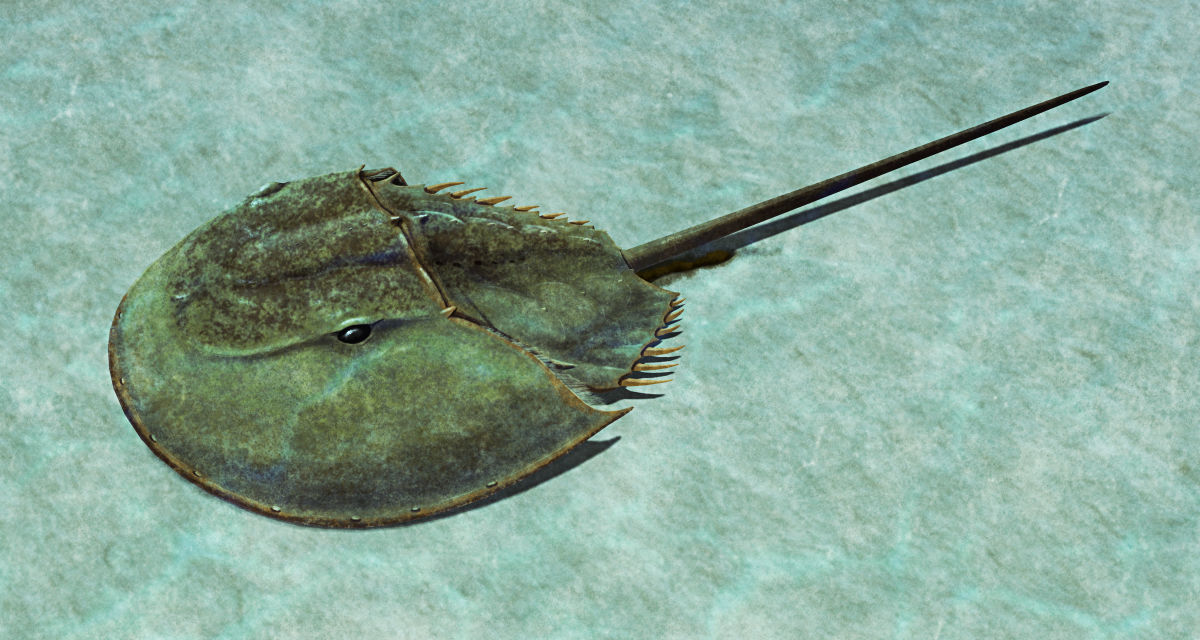Allenypterus montanus was an unusual early coelacanth that lived during the late Carboniferous, around 324 million years ago, in a tropical bay covering what is now central Montana, USA.
Up to about 15cm long (~6″), its tapering tadpole-like body plan somewhat resembled that of modern knifefishes and featherbacks, with the top part of its tail fin highly elongated into a ribbon-like shape and the rest of its tail fins being vestigial. The distinctive humped shape of its back was also much more pronounced in larger, more mature individuals.
It was probably a fairly slow swimmer, and preserved gut contents suggest it mainly ate small soft-bodied prey.
Its closest known relative seems to have been the eel-like Holopterygius – but since around 60 million years and different continents separated them both, this suggests the existence of a whole ghost lineage of other tapering coelacanths yet to be discovered.
Continue reading “Allenypterus”
